Home>Garden Essentials>Which Turf Grass Spreads Fast?
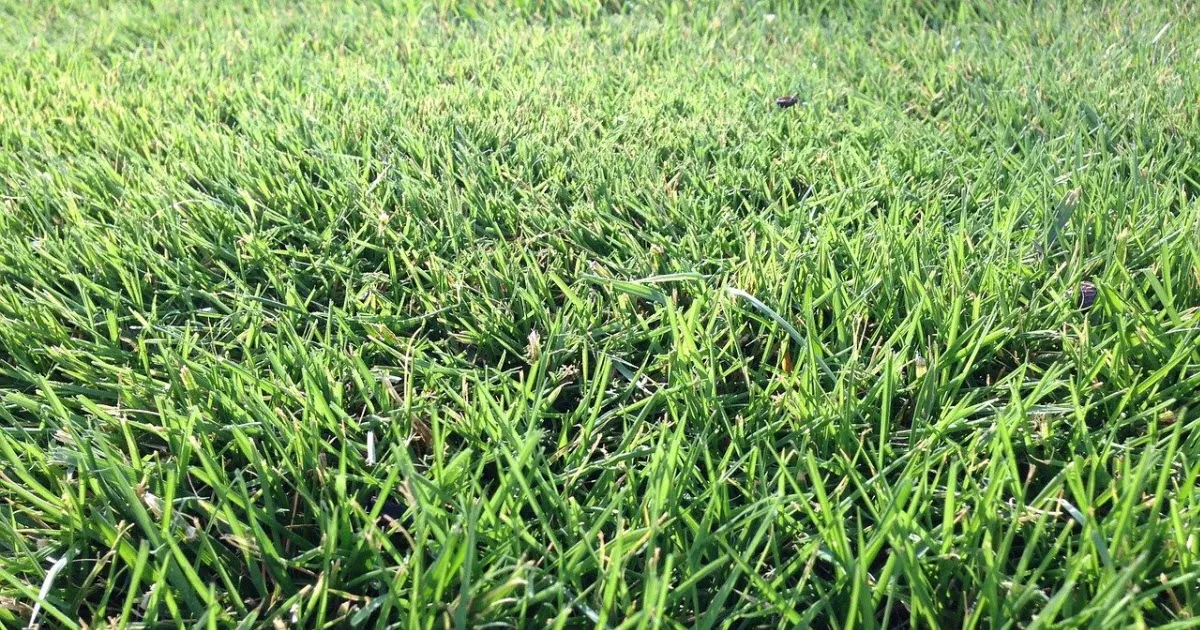

Garden Essentials
Which Turf Grass Spreads Fast?
Modified: September 2, 2024
Looking for a fast-spreading turf grass for your garden? Discover the best options for creating a lush and vibrant lawn that will thrive in no time.
(Many of the links in this article redirect to a specific reviewed product. Your purchase of these products through affiliate links helps to generate commission for Storables.com, at no extra cost. Learn more)
Introduction
Gardens and lawns are often the pride and joy of homeowners. One of the essential components of a lush and beautiful lawn is turf grass. The spread of turf grass plays a significant role in achieving a thick and uniform lawn cover. Some types of turf grass are known for their fast-spreading abilities, which can help in achieving a dense and carpet-like appearance.
Several factors contribute to the spread of turf grass, such as the growth habits of the specific grass species, environmental conditions, proper maintenance, and care. In this article, we will explore some of the grass varieties that are known for their fast-spreading characteristics, helping you make an informed decision for your lawn.
Key Takeaways:
- Choose Kentucky Bluegrass for a fast-spreading, lush lawn in cooler climates. Regular mowing, watering, and overseeding help it thrive.
- Opt for Bermuda Grass in warm climates for rapid spreading and drought tolerance. Regular mowing, fertilization, and maintenance are key.
Read more: How Fast Will Bermuda Grass Spread
Factors Affecting the Spread of Turf Grass
The spread of turf grass is influenced by various factors that can either inhibit or promote its growth and expansion. Understanding these factors is crucial for maintaining a healthy and well-established lawn. Here are some key factors that affect the spread of turf grass:
- Soil Conditions: The quality and composition of the soil greatly impact the spread of turf grass. Well-aerated soils with good drainage allow for better root growth and facilitate the spread of grass runners and stolons.
- Watering: Adequate watering is vital for the healthy development and spread of turf grass. Consistent and deep watering encourages underground roots to extend and facilitates the horizontal spread of grass through stolons or rhizomes.
- Fertilization: The right balance of nutrients, provided through regular fertilization, supports the vigorous growth and spread of turf grass. Nitrogen-rich fertilizers can promote faster horizontal growth, helping the grass fill in gaps and spread across the lawn.
- Sunlight: Most turf grass varieties thrive in areas with ample sunlight. Adequate exposure to sunlight ensures robust photosynthesis, which fuels growth and promotes the spread of grass runners, stolons, or rhizomes.
- Mowing Height: Proper mowing practices contribute to the spread of turf grass. Cutting the grass at a higher height allows the plant to capture more sunlight, aiding in photosynthesis and encouraging lateral growth and spread.
- Overseeding: Overseeding, or sowing grass seeds over an existing lawn, helps promote the spread of turf grass. The new seeds fill in bare patches, allowing the lawn to become denser and more uniform over time.
- Weed and Pest Control: Effective weed and pest management are crucial for the spread of turf grass. Weeds and pests can compete with the grass for nutrients and space, hindering its growth and spread. Proper weed control and pest management ensure that the turf grass can flourish and spread unhindered.
These factors should be considered and appropriately managed to encourage the fast and healthy spread of turf grass. By addressing these aspects, you can create optimal conditions for your lawn to develop into a lush, green, and resilient carpet of grass.
Kentucky Bluegrass
Kentucky Bluegrass (Poa pratensis) is a popular cool-season grass known for its lush, deep blue-green color and fine texture. It spreads through creeping stems called rhizomes, allowing it to establish a dense and uniform turf. Its aggressive spreading habit makes it one of the fastest-spreading turf grass varieties.
Kentucky Bluegrass thrives in regions with cooler climates and moderate levels of sunlight. It prefers well-drained soil and requires regular watering to promote healthy growth and spread. This grass variety is best suited for lawns in the northern parts of the United States, where temperatures are cooler and summers aren’t excessively hot.
To encourage the spread of Kentucky Bluegrass, regular mowing at a height of around 2 to 3 inches is recommended. This helps maintain its density and promotes lateral growth. Overseeding is also beneficial for filling in any bare spots or thin areas, enhancing the spread of the grass.
Proper fertilization is essential for the fast spread of Kentucky Bluegrass. Applying a nitrogen-rich fertilizer during the active growth seasons, such as spring and fall, can help stimulate growth and promote lateral spread.
In addition to its rapid spread, Kentucky Bluegrass is also known for its durability and ability to withstand heavy foot traffic, making it a popular choice for sports fields and high-traffic areas. Its heat tolerance, however, is limited, and it may struggle in hot and dry climates.
Overall, Kentucky Bluegrass is an excellent choice for homeowners looking for a fast-spreading turf grass that can quickly fill in bare patches and create a dense and attractive lawn. By providing the appropriate growing conditions, proper maintenance, and occasional overseeding, you can ensure the successful spread of Kentucky Bluegrass in your lawn.
Bermuda Grass
Bermuda Grass (Cynodon dactylon) is a warm-season grass known for its excellent spreading capabilities and ability to withstand drought conditions. It is highly adaptable and can thrive in a wide range of soil types and climates, including hot and humid regions.
This grass variety spreads through both above-ground runners called stolons and below-ground runners called rhizomes. The fast-spreading nature of Bermuda Grass allows it to quickly fill in bare patches and spread across the lawn, creating a dense and robust turf.
Bermuda Grass requires full sun exposure to thrive and spread efficiently. It has excellent heat and drought tolerance, allowing it to maintain its growth and spread even in hot and dry conditions. However, it may go dormant during extended periods of drought and revive once water is available again.
This grass variety is known for its rapid growth rate, which necessitates frequent mowing. Regular mowing helps control its spread and keeps the lawn looking tidy and well-maintained. The recommended mowing height for Bermuda Grass is around 1 to 2 inches, as lower mowing heights promote lateral growth and spread.
Fertilization is crucial for the healthy and fast spread of Bermuda Grass. Applying a balanced fertilizer recommended for warm-season grasses helps provide the necessary nutrients for its growth and spread. It is important to follow a fertilization schedule and avoid over-fertilizing to prevent excessive growth and thatch buildup.
While Bermuda Grass is known for its aggressive spreading habit, it can also be invasive if not properly managed. Regular edging and maintenance around garden beds and sidewalks can help contain its spread and prevent it from encroaching into unwanted areas.
Overall, Bermuda Grass is an excellent choice for homeowners seeking a fast-spreading grass that thrives in hot climates and can withstand drought conditions. With proper care and maintenance, Bermuda Grass can quickly establish a lush, green lawn that spreads across the yard, providing a durable and beautiful turf.
Centipede Grass
Centipede Grass (Eremochloa ophiuroides) is a warm-season grass that is well-known for its low maintenance requirements and slow but steady spreading habit. It is primarily found in the southern regions of the United States, where the climate is warm and humid.
One of the distinctive characteristics of Centipede Grass is its ability to spread through stolons. While it may not spread as rapidly as other turf grass varieties, such as Bermuda Grass, it gradually forms a dense and uniform lawn over time.
Centipede Grass prefers areas with full sun to partial shade and thrives in well-drained, slightly acidic soils. It has excellent heat tolerance and requires minimal water compared to other grass types. However, it is more sensitive to cold temperatures and may suffer damage in regions with harsh winters.
Proper mowing practices are essential for the healthy spread of Centipede Grass. It is recommended to maintain a mowing height between 1.5 to 2 inches. Higher mowing heights help encourage the spread of lateral stems (stolons) and promote a thick turf cover.
Unlike some aggressive grass varieties, Centipede Grass spreads at a slower pace, which reduces the need for frequent overseeding. However, occasional overseeding can help fill in thin areas and improve the overall spread of the grass.
Fertilization requirements for Centipede Grass are relatively low compared to other turf grass varieties. Applying a slow-release, low-nitrogen fertilizer in the spring and early summer can provide the necessary nutrients for healthy growth and spread. It is crucial to avoid excessive fertilization, as it can lead to thatch buildup and hinder the grass’s spread.
Centipede Grass is known for its excellent weed resistance, which means it can naturally suppress the growth of many common lawn weeds. However, regular weed control measures should still be implemented to maintain a weed-free lawn and promote the spread of Centipede Grass.
Overall, Centipede Grass is an ideal choice for homeowners seeking a low-maintenance turf grass with a slower but steady spreading habit. With proper care and maintenance, Centipede Grass can establish a beautiful, resilient lawn that gradually spreads and fills in the yard over time.
Consider using Bermuda grass if you want a turf grass that spreads quickly. It is known for its aggressive growth and ability to fill in bare spots rapidly.
Read more: How Fast Does Buffalo Grass Spread
Zoysia Grass
Zoysia Grass (Zoysia spp.) is a warm-season grass known for its dense growth, durability, and striking appearance. It spreads through both above-ground stolons and below-ground rhizomes, allowing it to establish a thick and uniform lawn.
Zoysia Grass is adaptable to a range of climates and can thrive in regions with both moderate and warm temperatures. It exhibits excellent heat and drought tolerance, making it suitable for areas with hot and dry summers. However, it may struggle in regions with harsh winters and limited cold tolerance.
The spreading rate of Zoysia Grass is considered moderate compared to some other grass species. While it may not spread as rapidly as Bermuda Grass, it forms a dense turf over time. Its slow horizontal growth, along with its ability to develop a deep root system, contributes to its resilience and ability to withstand foot traffic and wear.
To promote the spread of Zoysia Grass, it is recommended to mow at a height of around 1.5 to 2.5 inches. Regular mowing helps encourage lateral growth and expansion. Additionally, overseeding can be beneficial for increasing its spread, especially in areas with thin or bare spots.
Fertilization is important for the healthy growth and spread of Zoysia Grass. A balanced fertilizer formulated specifically for Zoysia Grass should be applied according to the recommended schedule. However, it is essential to avoid over-fertilization, as Zoysia Grass is prone to thatch buildup when subjected to excessive nitrogen fertilization.
Zoysia Grass is known for its dense growth habit, which helps inhibit weed growth. However, it is still important to implement regular weed control practices to prevent weed invasion and promote the spread of Zoysia Grass.
Overall, Zoysia Grass is an excellent choice for homeowners seeking a visually appealing, low-maintenance turf grass that spreads at a moderate pace. With proper care, Zoysia Grass can gradually establish a lush, green lawn that enhances the overall aesthetic appeal of your outdoor space.
St. Augustine Grass
St. Augustine Grass (Stenotaphrum secundatum) is a warm-season grass known for its lush and vibrant appearance. It is widely used in coastal regions and areas with tropical or subtropical climates. St. Augustine Grass spreads through above-ground runners called stolons, enabling it to establish a dense and carpet-like turf.
This grass variety excels in areas with partial shade or full sunlight, although it has better shade tolerance compared to other warm-season grasses. St. Augustine Grass prefers well-drained soils with medium fertility. It requires regular watering, especially during dry periods, to maintain its growth and spread.
St. Augustine Grass is known for its rapid lateral spread, enabling it to fill in bare spots and create a thick turf cover. It is one of the fastest-spreading warm-season grasses, making it an excellent choice for establishing lawns quickly.
Mowing St. Augustine Grass at a height of around 2.5 to 4 inches is recommended. This allows the grass to capture more sunlight for photosynthesis and encourages the spread of lateral stems (stolons). Avoid mowing too closely as it can hinder the grass’s growth and spread.
Fertilization plays a vital role in promoting the healthy spread of St. Augustine Grass. Applying a slow-release fertilizer high in nitrogen during the active growth seasons can provide the necessary nutrients for its expansion. However, it is crucial to avoid excessive fertilization, as it can lead to thatch accumulation and other issues.
Proper weed control is essential for the successful spread of St. Augustine Grass. Weeds can compete with the grass for nutrients and space, hindering its growth and spread. Regular weed prevention and management practices should be implemented to maintain a healthy and weed-free lawn.
St. Augustine Grass is loved for its lush, emerald-green appearance and its ability to withstand moderate foot traffic. However, it has limited cold tolerance and may not thrive in regions with harsh winters.
Overall, St. Augustine Grass is an excellent choice for homeowners looking for a fast-spreading warm-season grass that can quickly establish a dense and visually appealing lawn. With proper care and maintenance, St. Augustine Grass can provide a vibrant and inviting outdoor space for years to come.
Perennial Ryegrass
Perennial Ryegrass (Lolium perenne) is a cool-season grass known for its lush appearance and rapid germination. It is often used in overseeding programs to enhance the aesthetic appeal of lawns or to provide temporary cover during dormant periods of warm-season grasses. While it is not known for its extensive spreading capabilities compared to warm-season grasses, Perennial Ryegrass can still establish a dense and attractive turf.
Perennial Ryegrass thrives in areas with cool and mild climates, such as the northern regions of the United States. It prefers well-drained soil and tolerates both sun and partial shade conditions. This grass variety is known for its quick germination, which allows it to establish more rapidly than other cool-season grasses.
Maintaining a mowing height of around 1.5 to 2.5 inches is recommended for Perennial Ryegrass. Regular mowing encourages lateral growth and helps create a thick turf cover. It is important to avoid mowing too closely, as it can stress the grass and impede its spread.
Fertilization is crucial for the healthy growth and spread of Perennial Ryegrass. Applying a balanced fertilizer specifically formulated for cool-season grasses helps provide the necessary nutrients for its development. Regular fertilization during the active growth seasons, such as spring and fall, can help promote lateral growth and spread.
Perennial Ryegrass is typically used in overseeding programs, where it is sown over an existing lawn to fill in bare spots and create a temporary green cover. This practice helps enhance the spread of the grass and improves the overall appearance of the lawn.
While Perennial Ryegrass can establish a dense and visually appealing turf, it is important to note that it is not a permanent grass. It is usually used in combination with other grass species in lawn mixtures or as a transitional grass.
Overall, Perennial Ryegrass is a great option for homeowners looking for a fast-establishing cool-season grass that can quickly fill in bare spots and create a temporary green cover. With proper care and maintenance, Perennial Ryegrass can contribute to a beautiful and resilient lawn.
Conclusion
Choosing a turf grass that spreads quickly is a great way to achieve a lush and uniform lawn. Understanding the various factors that affect the spread of turf grass can help you make informed decisions and create optimal conditions for its growth.
Among the fast-spreading turf grass varieties discussed in this article, Kentucky Bluegrass is known for its aggressive spreading habit, making it a popular choice for northern regions. Bermuda Grass, on the other hand, spreads rapidly through both stolons and rhizomes, thriving in warm climates and tolerant of drought conditions.
Centipede Grass, although spreading at a slower pace, forms a dense turf over time and requires minimal maintenance. Zoysia Grass exhibits a moderate spreading rate and possesses excellent durability, while St. Augustine Grass spreads quickly, especially through its lateral stems, and provides a lush appearance.
Lastly, Perennial Ryegrass is a cool-season grass that rapidly germinates and can be used in overseeding programs to create temporary green cover and enhance the spread of other grass species.
Ultimately, the choice of turf grass depends on various factors such as climate, sunlight exposure, maintenance requirements, and personal preferences. By considering these factors and the spreading characteristics of different grass varieties, you can create a beautiful and thriving lawn that spreads quickly, covers bare spots, and provides a welcoming outdoor space for you to enjoy.
Remember, maintaining proper care, including regular mowing, watering, fertilization, and weed control, is essential for the successful spread of any turf grass and the overall health of your lawn.
With the right approach and a little bit of patience, you can transform your yard into a lush and vibrant landscape that will be the envy of the neighborhood.
Frequently Asked Questions about Which Turf Grass Spreads Fast?
Was this page helpful?
At Storables.com, we guarantee accurate and reliable information. Our content, validated by Expert Board Contributors, is crafted following stringent Editorial Policies. We're committed to providing you with well-researched, expert-backed insights for all your informational needs.
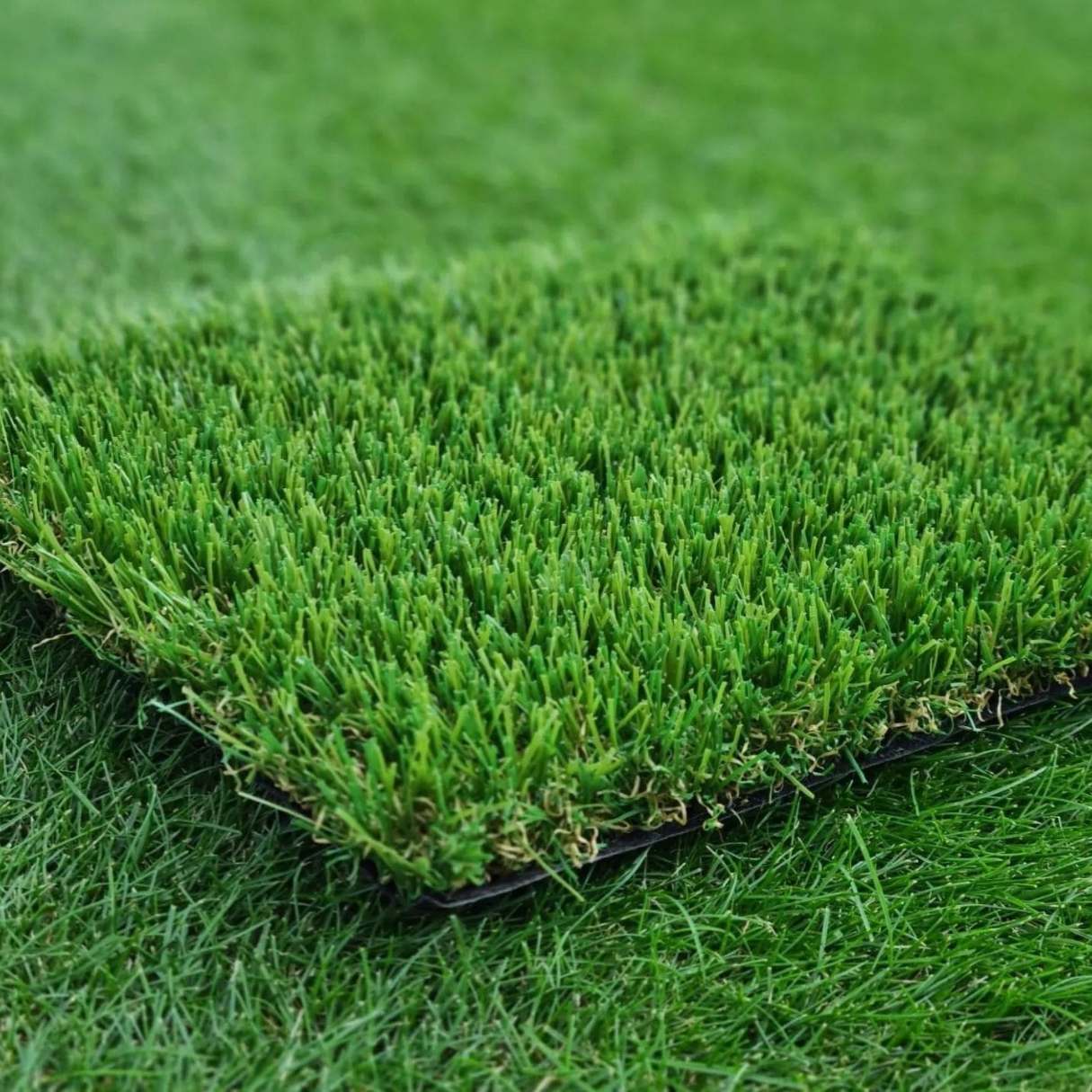



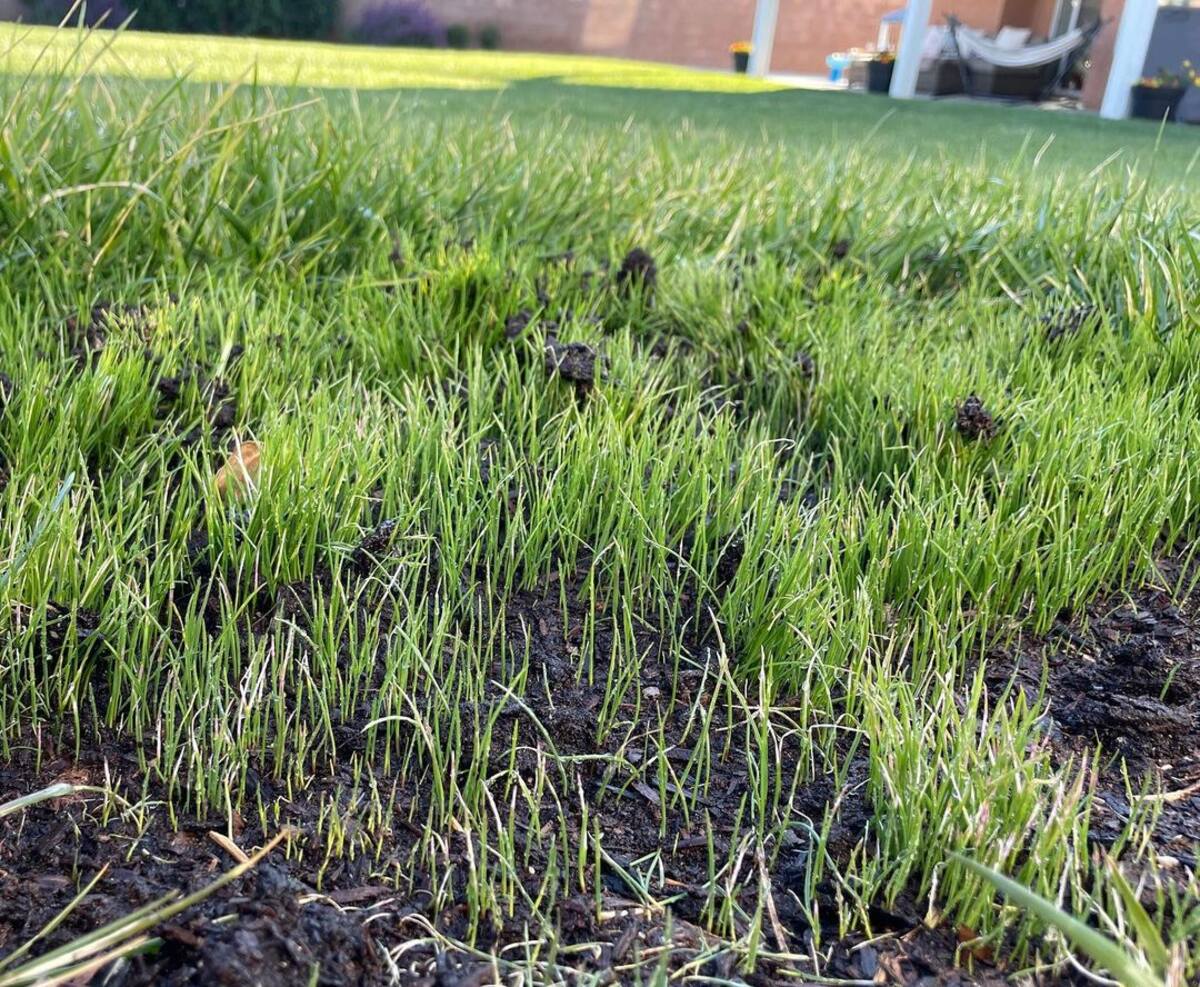
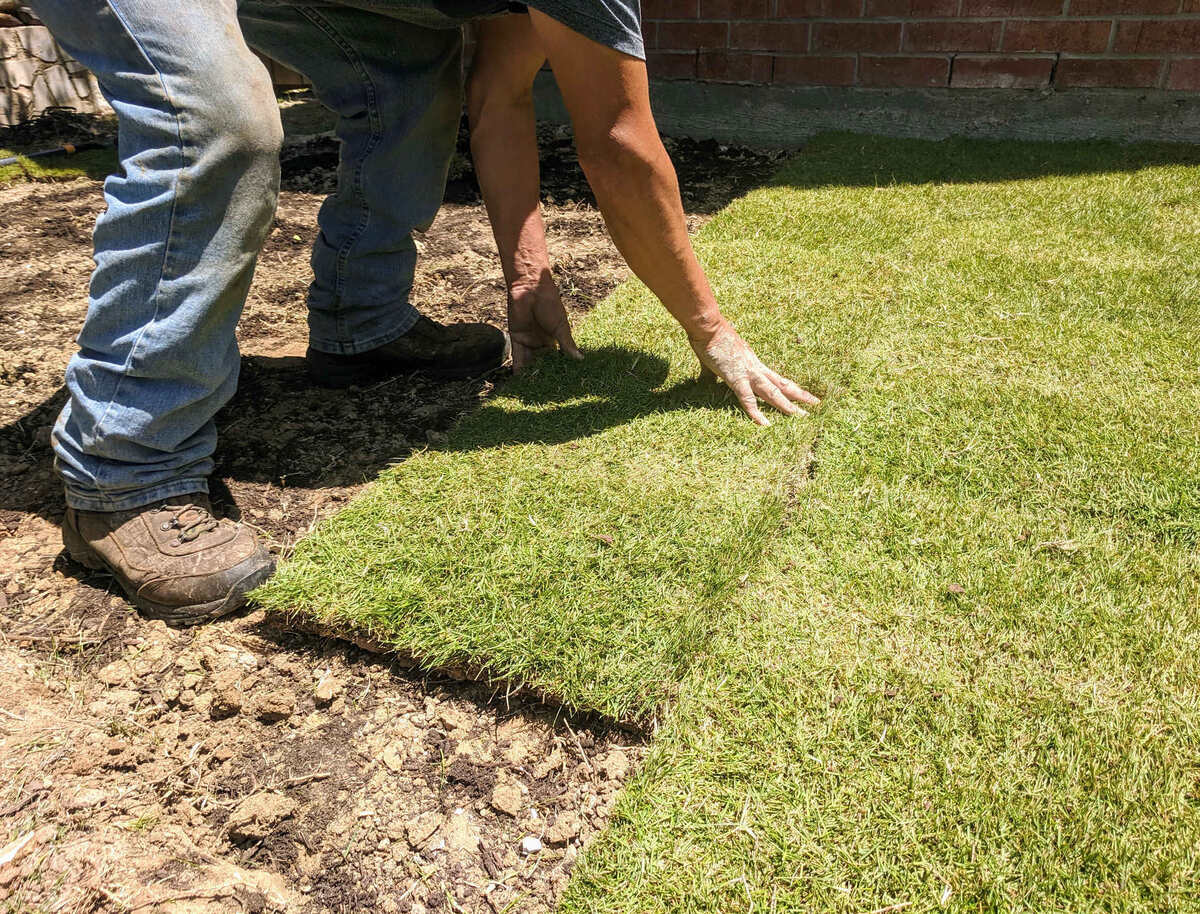
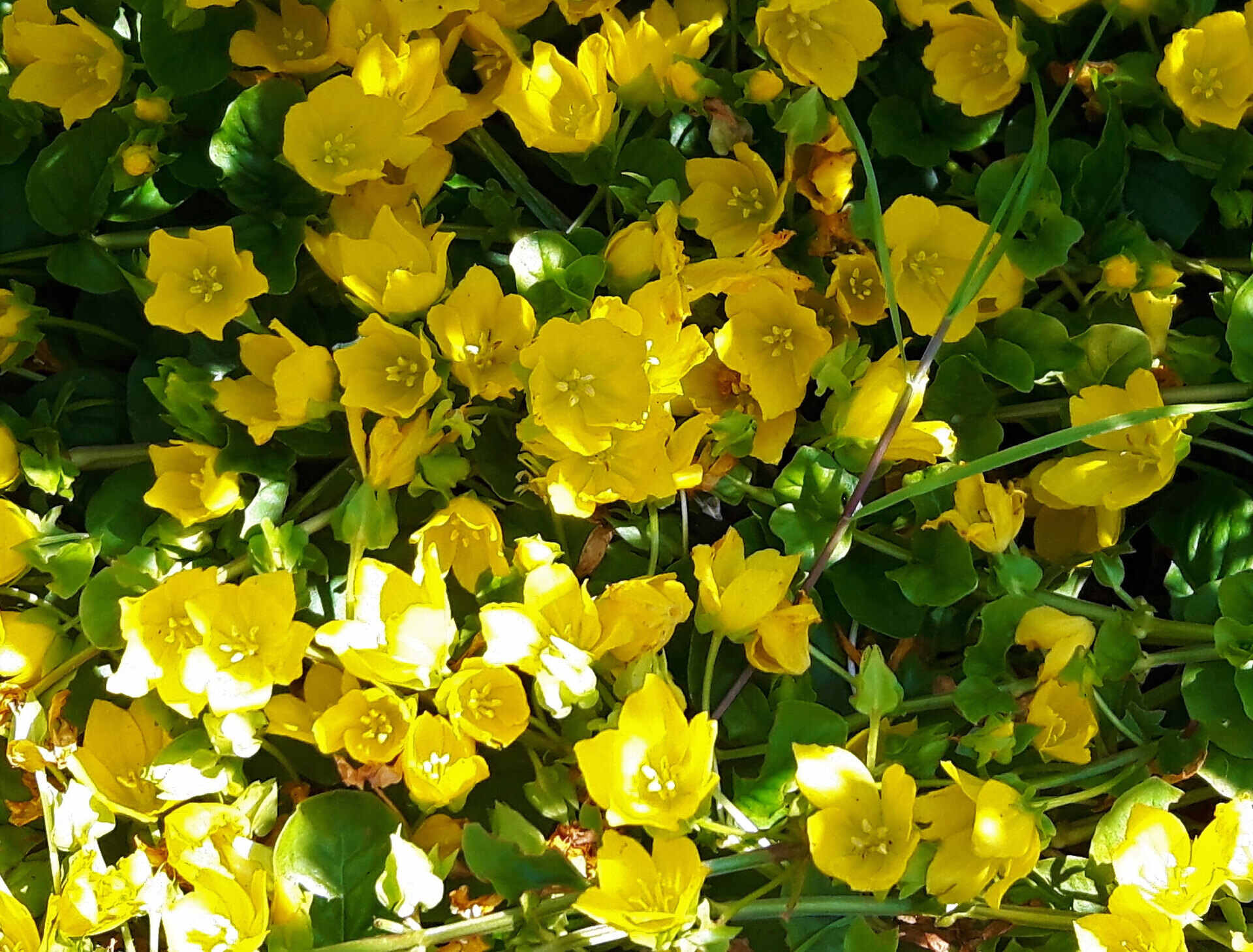
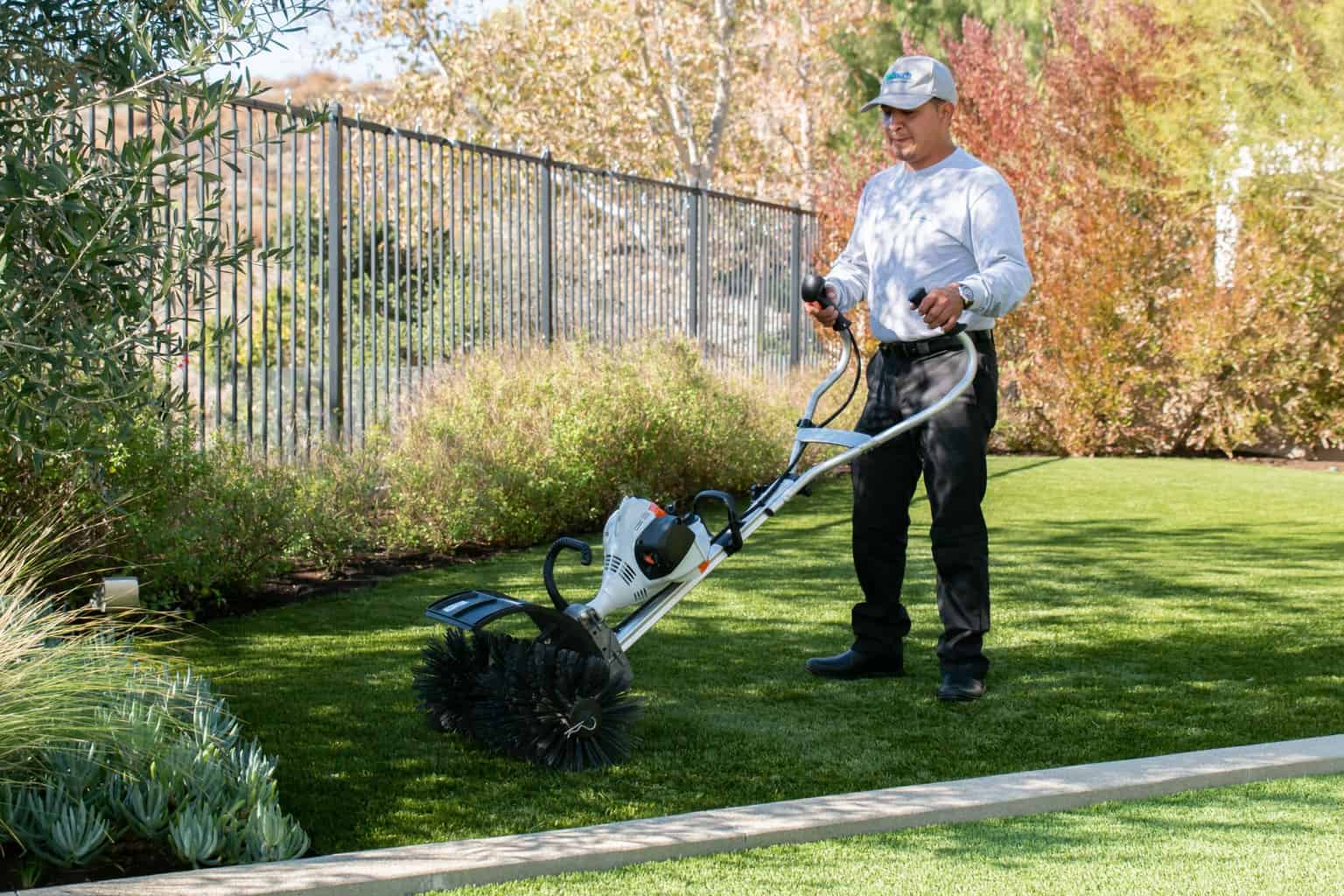
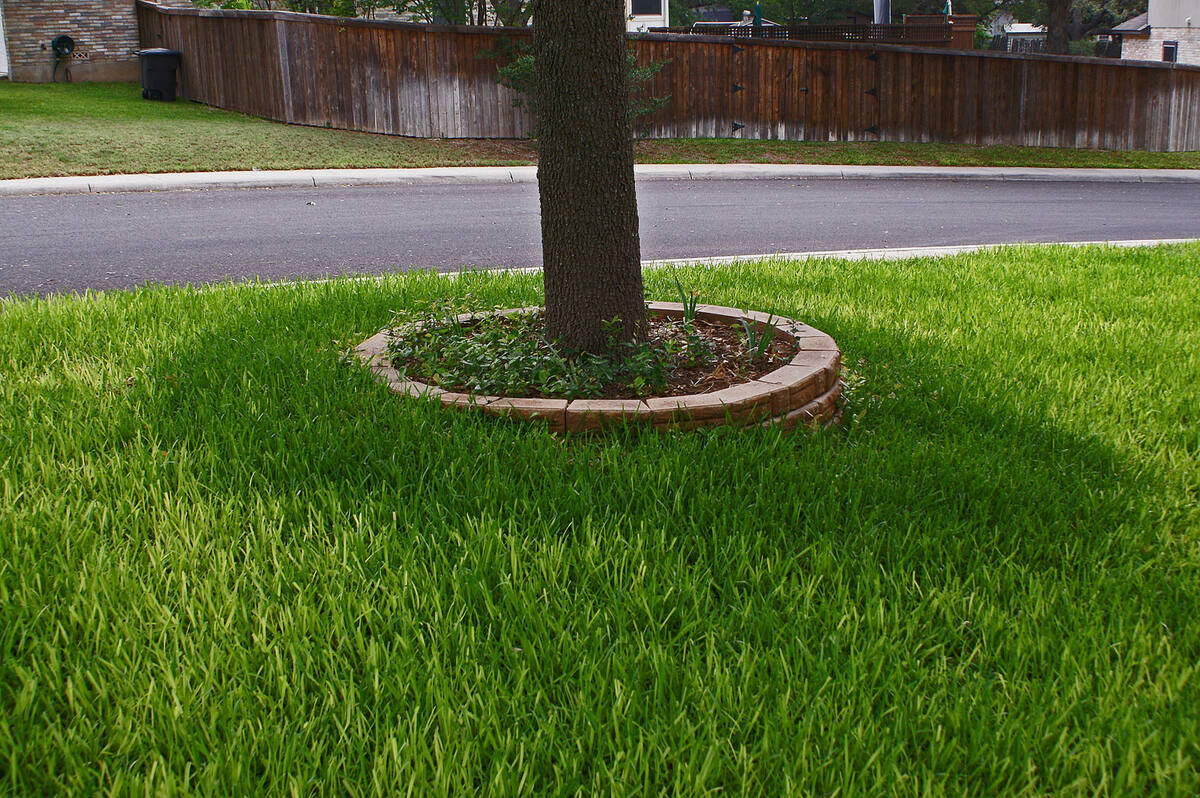

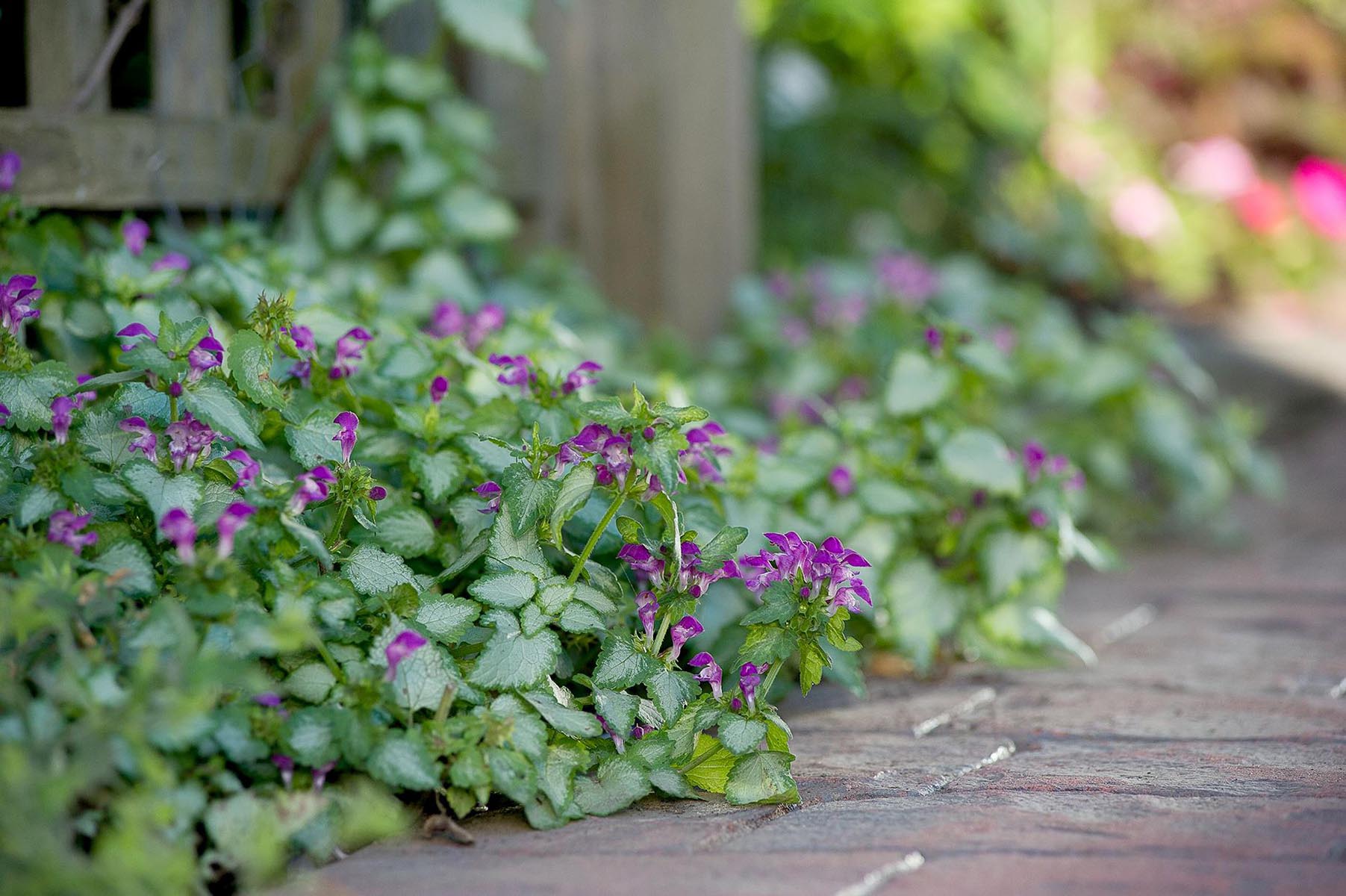
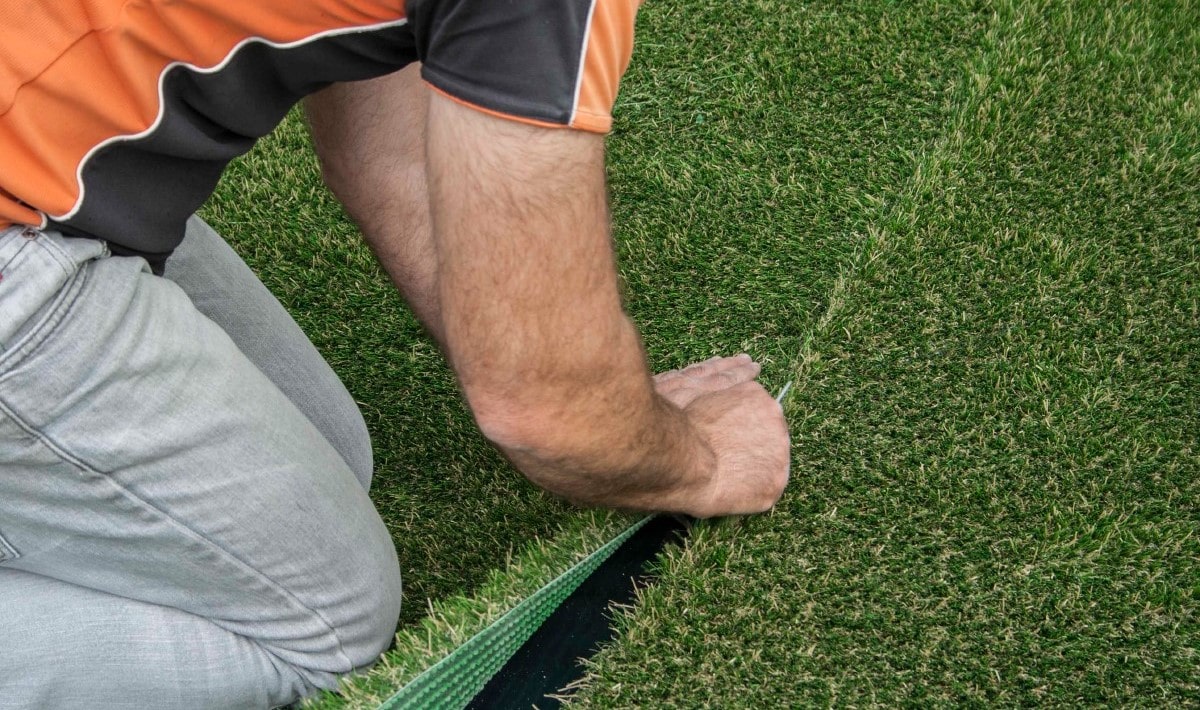
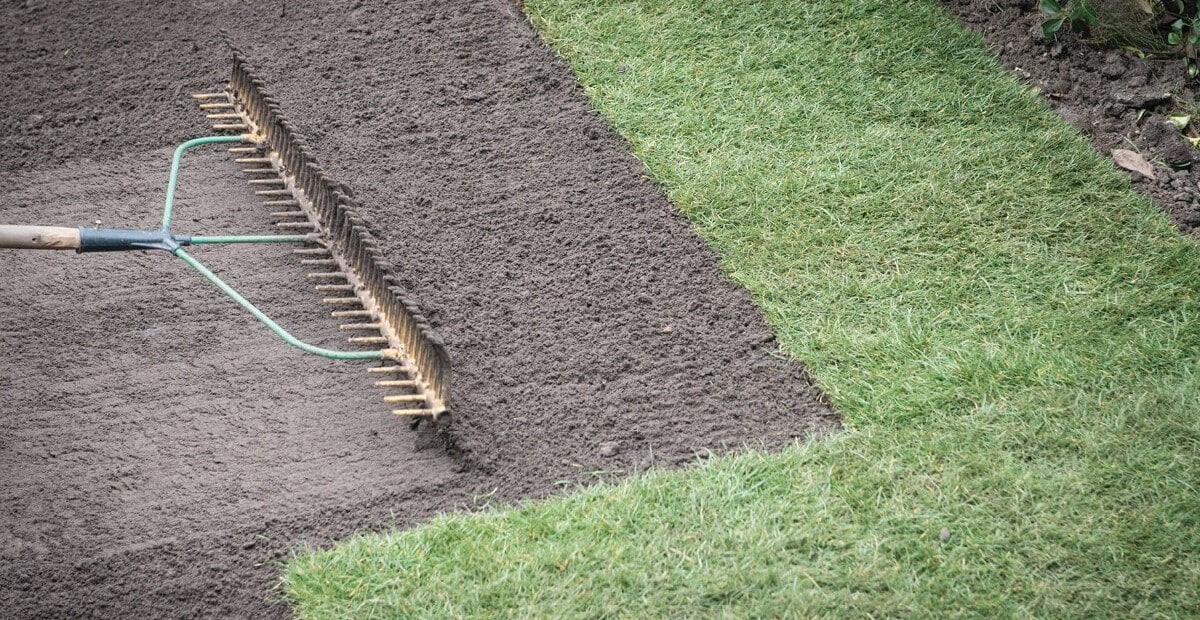


0 thoughts on “Which Turf Grass Spreads Fast?”